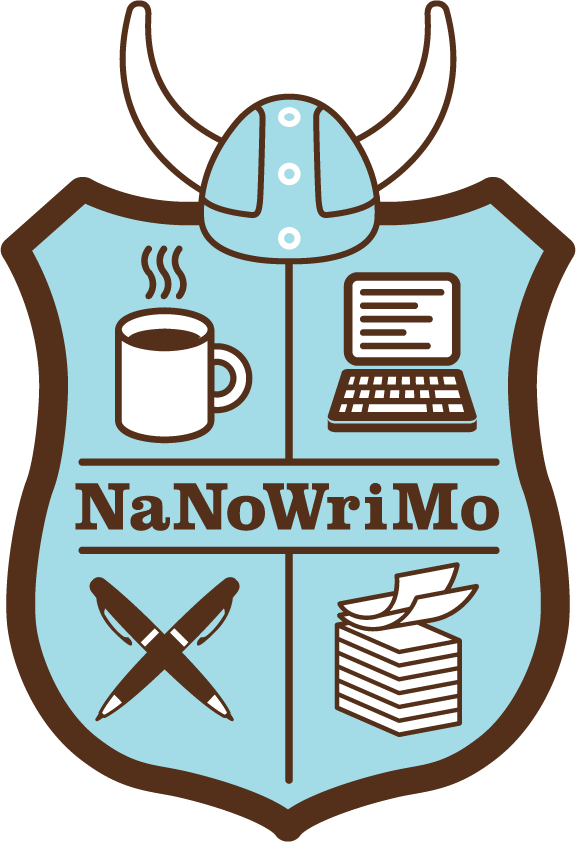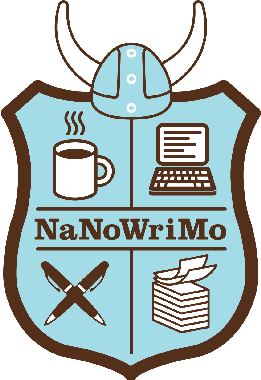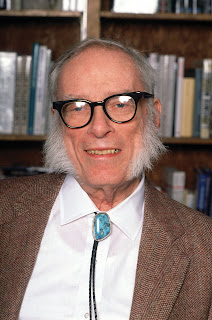NaNoWriMo is dead, long live NaNoWriMo. The ending of the organization behind National Novel Writing Month shocked the writing world. After over twenty years of operation, the group folded in March.
Organization
The interim executive director of NaNoWriMo, Kilby Blades, explained in a video why the organization folded. It terminated for financial reasons, she said, with income falling short of expenses.
All organizations face monetary challenges at some point, with infinite wants competing for limited assets. Only stern leadership with the strength to say no and a focus on top priorities can help an organization weather the occasional financial tempests.
NaNoWriMo’s leaders might have done their best, for all I know, but in the end their striving fell short.
Concept
When I first heard of NaNoWriMo, I marveled at the idea. Write a novel in a month? Amazing. It compressed the most daunting form of literature down to a manageable chunk of time. It made the unimaginable attainable. Even people who shied away from the imposing length of a novel could spare a month of concentrated effort.
The idea helped people realize how writing at speed, with the story notion fresh in mind and the passion for it still blazing, could provide a first draft in just thirty days. A very rough draft, true, but one you could polish. And you’d be one draft ahead of where you were just a month before.
The Future
Alas, that inspiring concept now lacks an organization backing it up.
But…wait a minute.
Do you need the organization? You still dream of writing a novel, and have some ideas for it. Thirty-day periods still exist in every year. What’s stopping you from vowing, at least to yourself, that you’ll write 50,000 words in the next 30 days? You needn’t even start at the beginning of a calendar month.
You’re free to declare your personal NaNoWriMo any time you want.
We can all lament the death of the NaNoWriMo organization. But the concept behind it never lost validity. Your next novel’s first draft might await you just thirty days from now, as might the next first draft written by—
Poseidon’s Scribe



